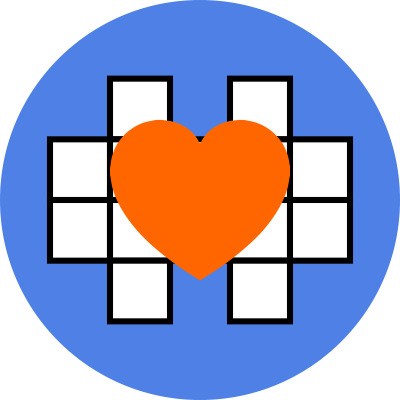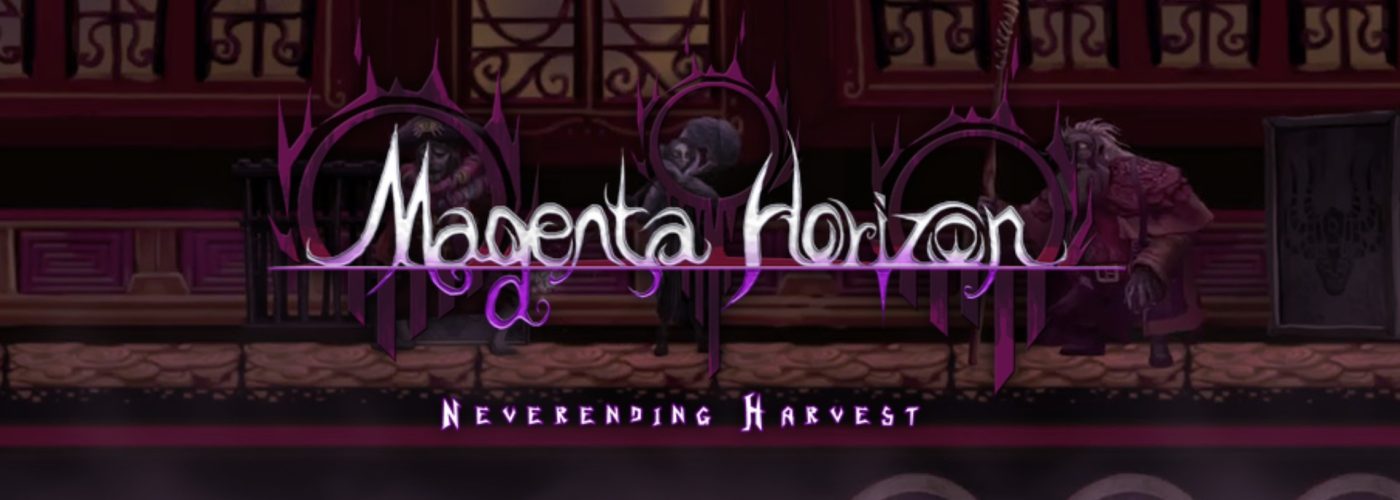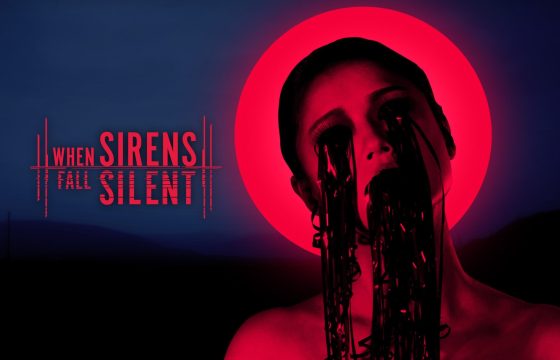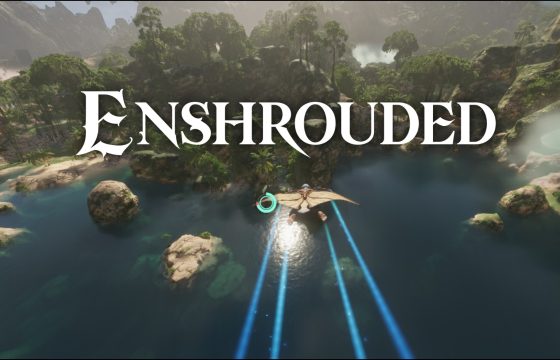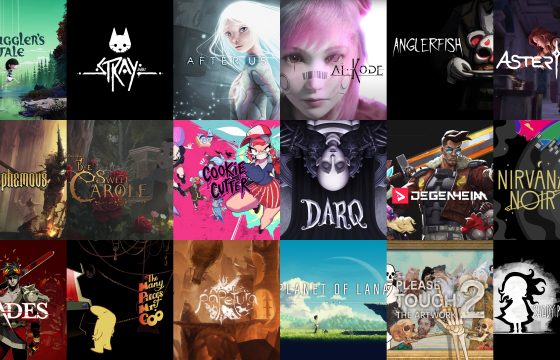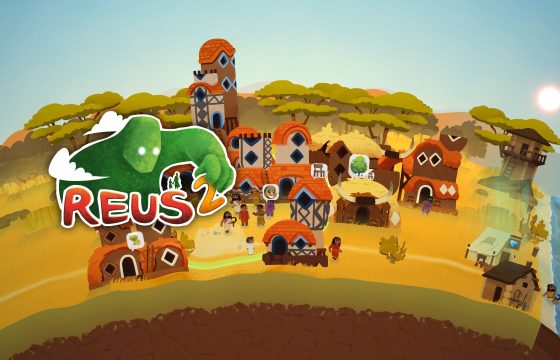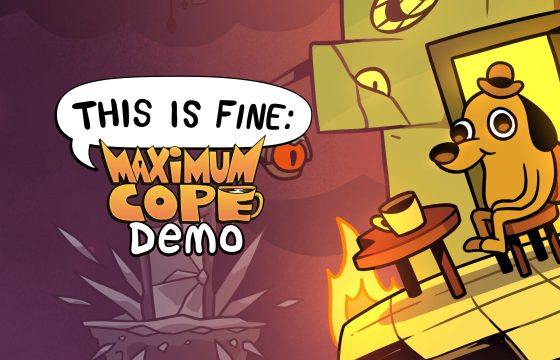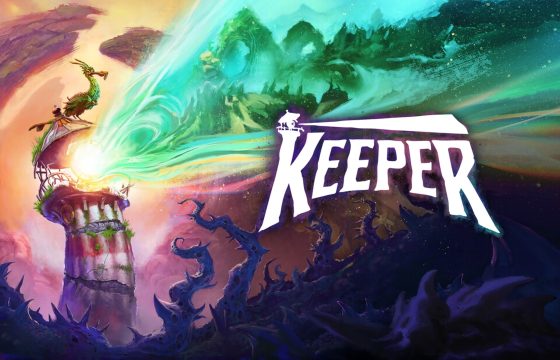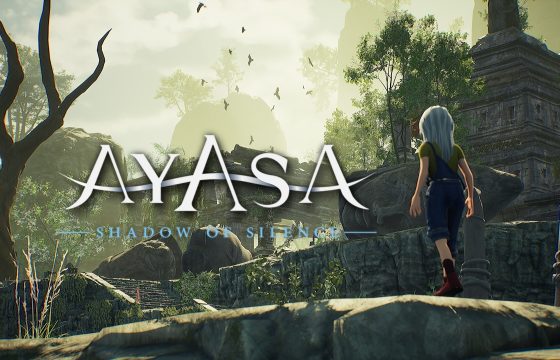Magenta Horizon is a good 2D action platformer, brutal and artistically interesting. Let’s help Reaper Gretel make her way through hordes of demons until she reaches her goal.
At a first sight Magenta Horizon looks intriguing. The title attracts attention especially from the artistic side. The design of the monsters, characters and bosses is truly fascinating. The levels are also inspired although they present some design issues.
Although its look is fascinating, don’t be fooled! Magenta Horizon is a brutal 2D action game with advanced and non-immediate mechanics. The game immediately throws the player into the fray with no help, except for a few tutorials scattered throughout the levels.
Although I have my own idea regarding artificial difficulty and authorship, Magenta Horizon is certainly a valid product and one worth rewarding. In fact, although I liked it a lot, I cannot ignore some defects of the title.
However, let’s start with an overview and then talk about its strengths and weaknesses.
A General Look at Magenta Horizon
Developed by a single developer Maddison Baek, Magenta Horizon takes strong inspiration from old school action games. Just look at the credits where Hideki Kamiya appears among his sources of inspiration. In fact, the inspiration from titles like Devil May Cry and Bayonetta, even in terms of aesthetics, is unmistakable. In my opinion it also reminds of the Ninja Gaiden developed by Team Ninja for its difficulty peaks. Not to mention the Pogo Stick mechanics which will lead the player to engage in complex platform phases right from the first stages.
Precisely these phases are the worst calibrated, with the addition of checkpoint management that is at least revisable.
But let’s take it slow and start from the many merits of the title.
An Original Look!
Magenta Horizon presents itself aesthetically with a lot of personality and originality. The attention to aesthetic details, characters, monsters and bosses is remarkable. The stages are also well designed and original. Sometimes they are repetitive due to an uninspired level and map design which can sometimes tire or confuse the player.
We have 40 types of demons to face, all original and well designed. The bosses, numerous and never repetitive, have a great aesthetic. We go from humanoids to colossal creatures, each with their own personal design. The protagonist Gretel, with her attitude, is reminiscent of a certain witch from Umbra, even if aesthetically it doesn’t seem like it. Perhaps the NPCs that we find scattered throughout the levels are subdued, except for a few peaks of originality.
The soundtrack that accompanies us throughout the adventure is also of a good standard. Powerful and never boring, it underlines and describes the encounters very well.
An Old School Action
As already mentioned, Magenta Horizon does not offer any discount to the player. He expects you to learn everything quickly. Only practice and training can help improve your skills.
The protagonist already starts with all the skills which include the forward dash, the double jump, the wall jump and his weapon. The attacks are divided between light and heavy. The list of combos is already complete and no further moves can be purchased, even if there is in-game currency. Furthermore, it can be consulted at any time by pausing and the same goes for the various tutorials.
Like any self-respecting stylish action we have an evaluation of our fight. This time, however, we will not have a result after each battle, but only at the end of the level. The rating ranges from D to S and is based on the time taken to complete the level, the kills made during the style scoring and the deaths count..
The in-game currency is used to purchase items to include in our series.
With 7 slots available we can obtain passive skills that allow the character to improve some potential. Not all pieces of the necklace can be purchased: we can find them by exploring or overcoming challenges in the levels.
The same goes for ranged skills, which can be equipped with up to 4 at the same time. In essence they are ranged attack spells, well thought out and original.
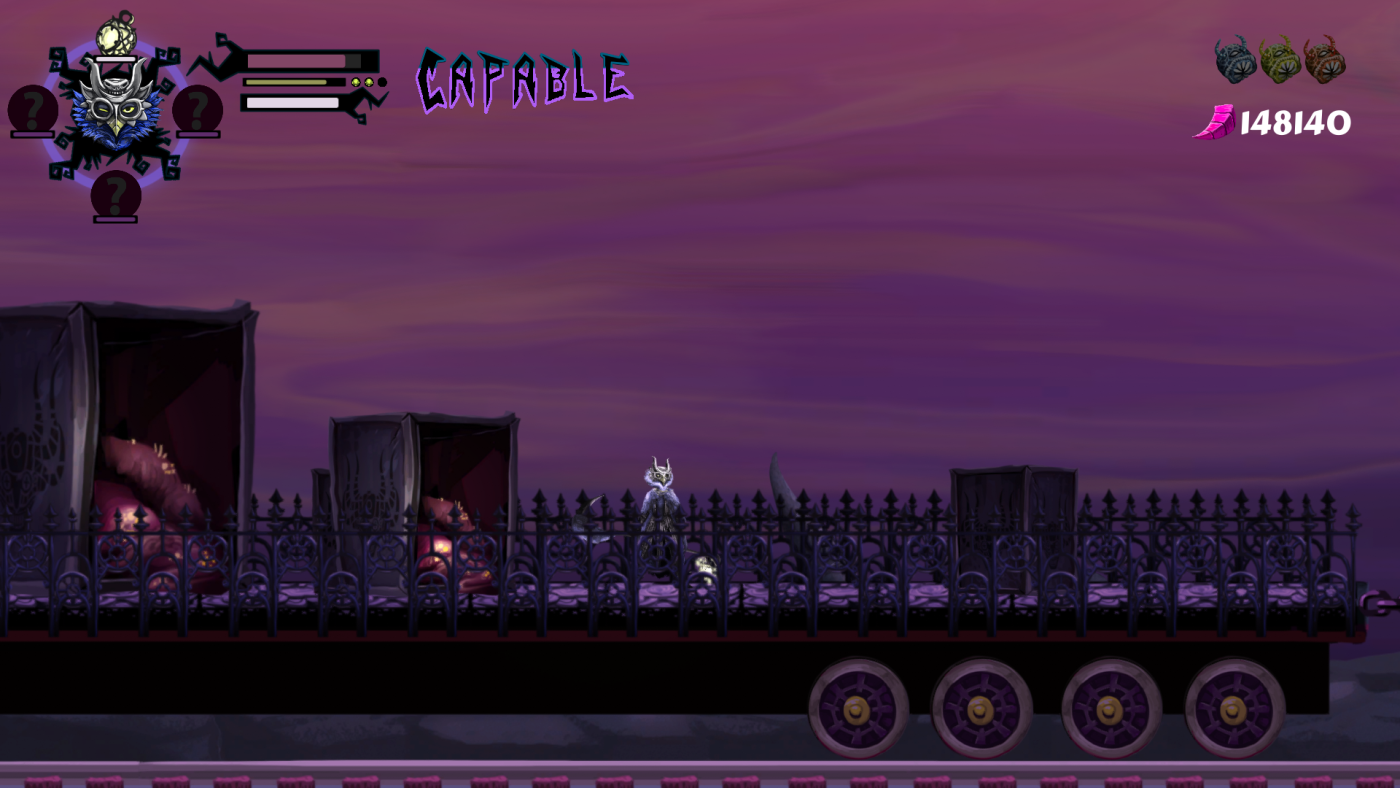
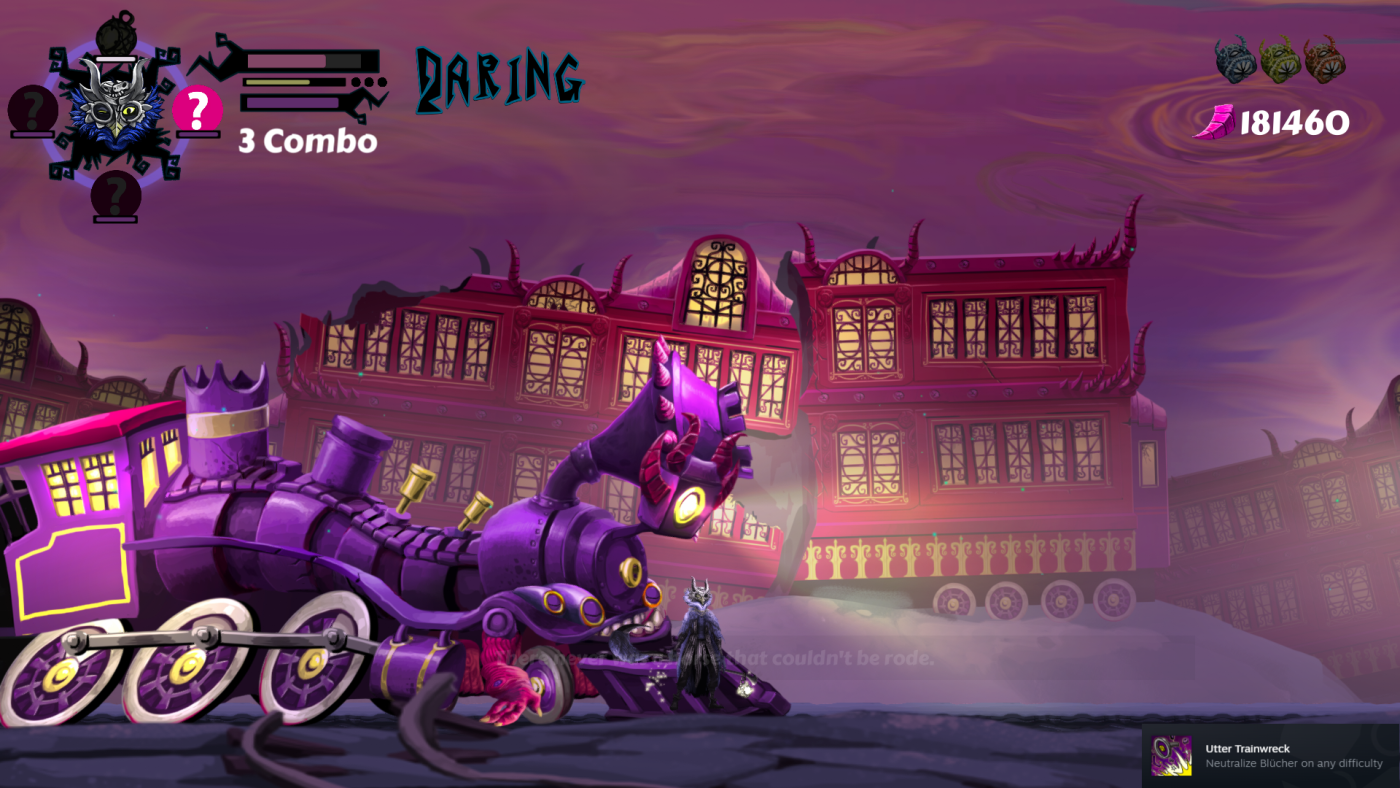
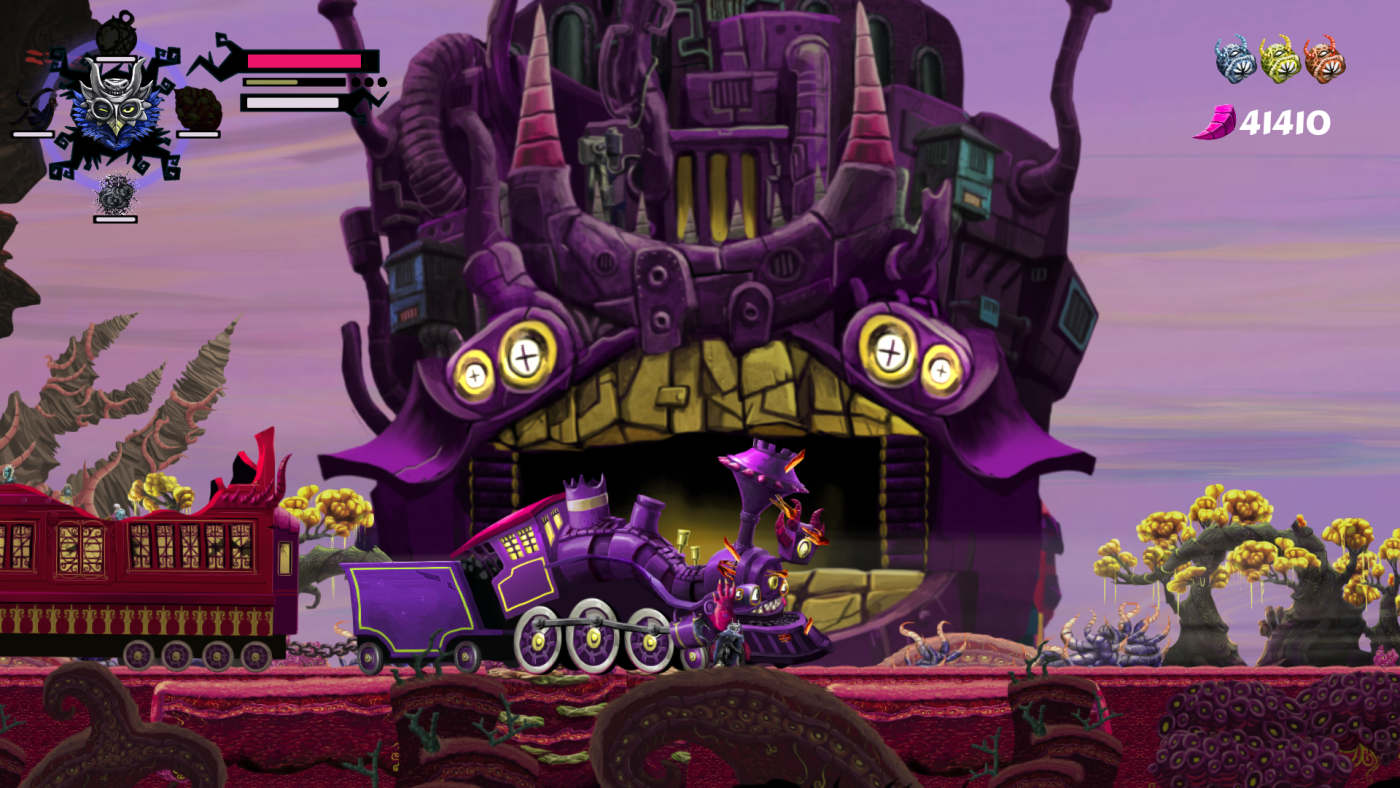
Aggressive gameplay
As old school 2D action as it is, Magenta Horizon has some really interesting ideas.
There are no conventional potions. The only way to heal yourself is to throw an explosive projectile towards enemies. Once exploded it will hit enemies within its range, turning them phosphorescent green. Hitting those enemies will release healing particles that will go to the player. The bigger the enemy and the bigger the cure, the fact remains that you have to be aggressive and keep hitting to heal yourself.
This gameplay feature rewards both positioning and an aggressive approach. In fact, in addition to attacking, it is also necessary to accurately launch healing projectiles on as many opponents as possible. It is possible to miss the target. It can also happen thanks to small inaccuracies in the controls and the aggressiveness of the opponents.
We can have up to 3 charges that we can restore with our attacks. Attacking and doing combos charges a bar which, once filled, gives us a cure.
The same principle applies to ranged skills: they must be “charged” before they can be used.
Attention to Details
Magenta Horizon presents notable care on the combat system side. Despite some shortcomings which I will talk about later, the attention to some details is remarkable. The enemies are many and different from each other in terms of attacks, sizes and hitboxes. The character’s dodge can only pass through medium-sized enemies, while larger ones require jumping and using the hook mechanic. In fact, by grabbing an enemy or environmental holds we can give ourselves a boost. Obviously it’s a fundamental mechanic to master in both fighting and platforming. Furthermore, some combos and attacks work better against certain enemies. For example, the blow that launches the opponent into the air is a must against medium-sized monsters. It is essential to master the weapon for air combat because the enemies are very mobile and aggressive. So bouncing between opponents without touching the ground is vital in certain battles.
Even ranged spells can have synergies and interactions with the protagonist or with each other.
Nonetheless, some parts of the monsters’ bodies can damage our character just by contact. For example, there are helicopter demons which, if approached from above, can injure us upon contact alone, or enormous crabs which must be attacked exclusively from the abdomen.
While Magenta Horizon encourages an aggressive approach, positioning is key. Mastering the maneuvers, especially the aerial ones, is an integral part for the game.
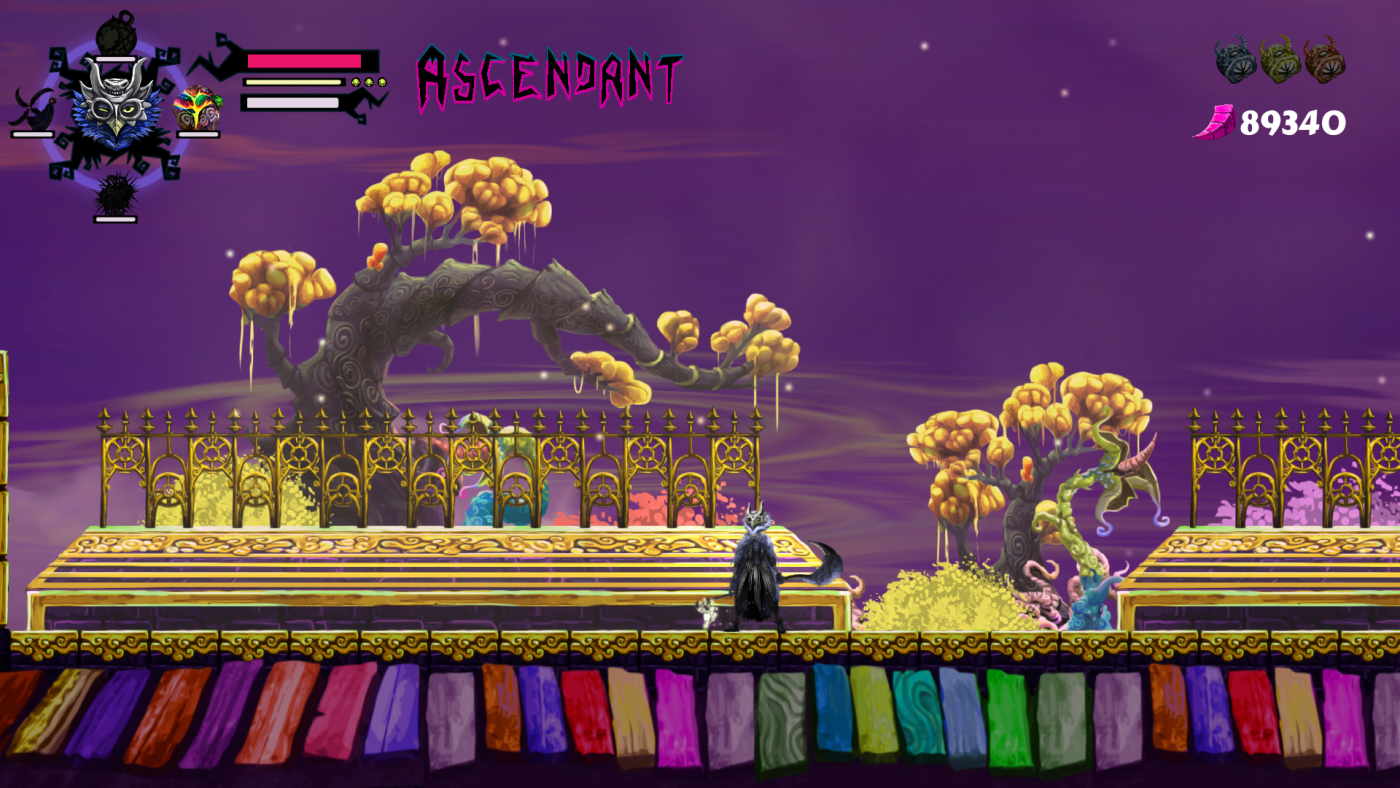
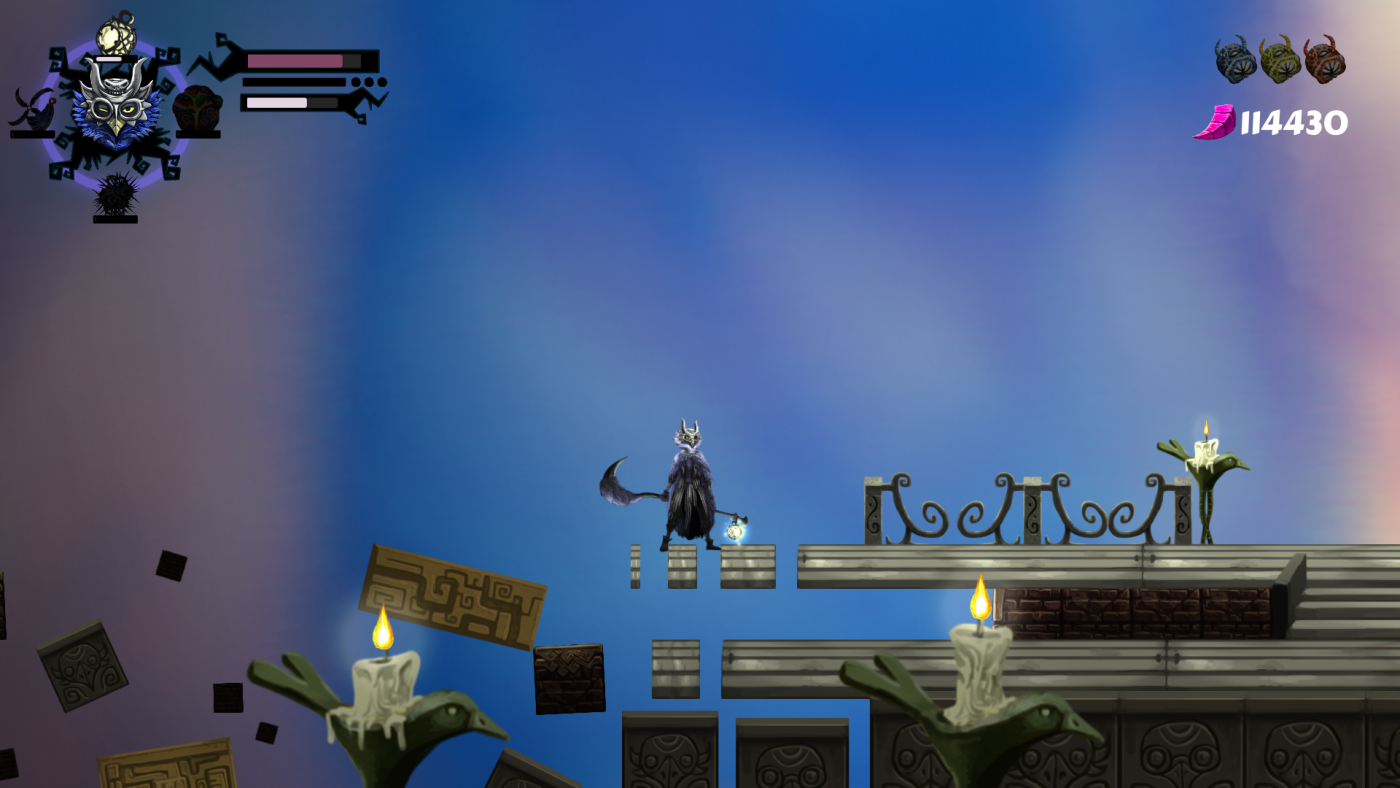
Level and Map Design
Although Magenta Horizon demonstrates remarkable care and knowledge on the action side, the same cannot be said about the levels.
Let’s start by saying that the game is divided into 3 acts, each of which is divided into stages. The stages in turn can contain different levels (for example stages 2-1, 2-2 and 2-3). Each act then has a secret boss to find.
Although artistically they contain original aesthetic solutions, the level design is often repetitive. The levels are not linear, in fact they extend considerably, almost like a metroidvania. Too bad it’s not possible to see the map and therefore it’s easy to get lost.
Over 90% of the levels contain the mechanic of collecting 3 keys to open specific doors. The stages are original but the internal levels suffer from a chromatic repetitiveness which does not help the player. You can often find yourself wandering around without understanding where to go to look for the keys. The checkpoint system doesn’t help as they aren’t always well placed. Furthermore, once used they will cure us but then they will no longer be usable. I understand the desire to let the player manage when to save, but the branching of the levels along with the distribution of checkpoints doesn’t help.
Unfortunately this also doesn’t help in the search for secrets scattered throughout the game.
Enemy Positioning and Balancing
This is a matter of taste. Especially regarding the difficulty and how the player perceives it and reacts to it. Let’s be clear: Magenta Horizon is deliberately a high difficulty game. Even the basic difficulty features peaks in both platforming and really high encounters. The game has 5 difficulty levels and lowering the level leads to help both in terms of platforming and in terms of aggression and life of enemies. Even if you choose a lower difficulty level, the game requires the player to learn the required mechanics, otherwise they will get stuck even at low levels.
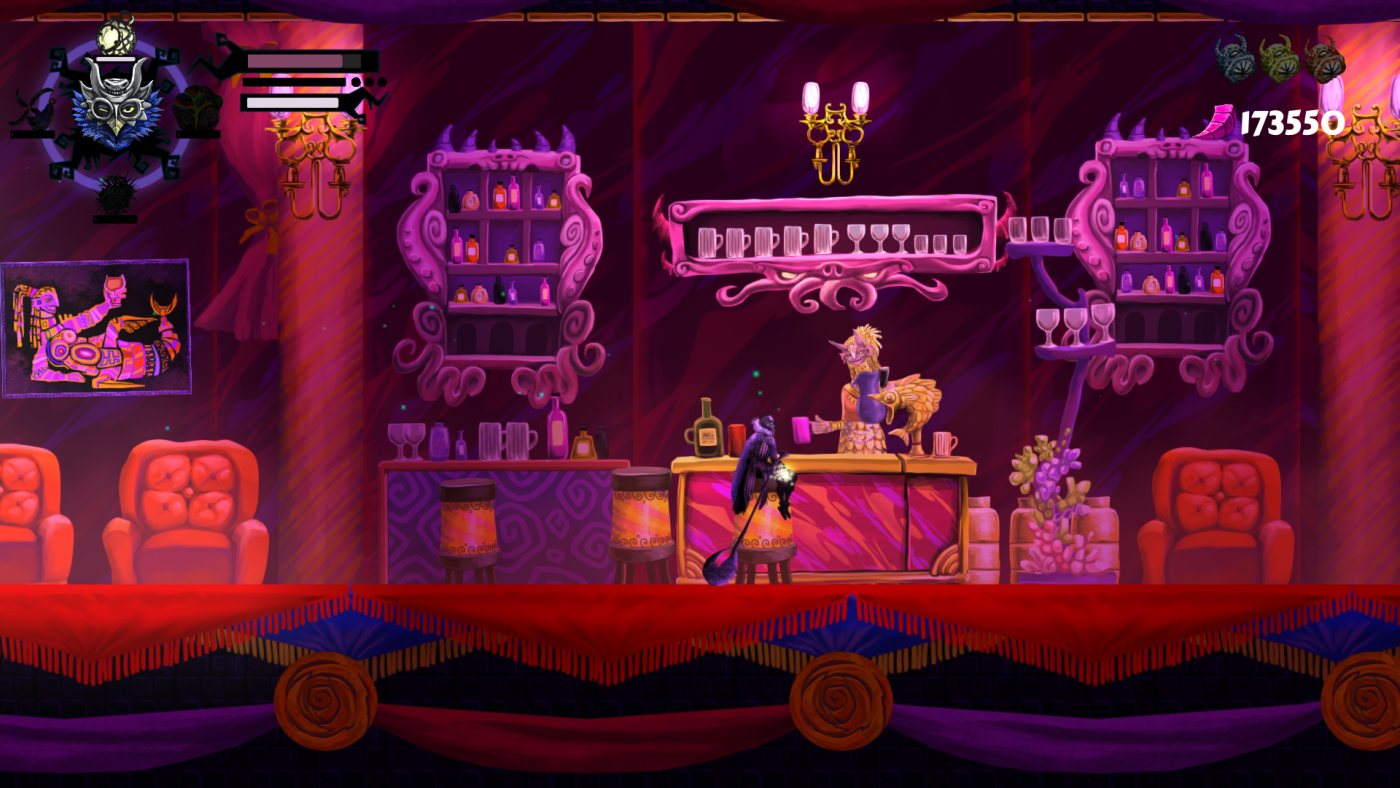
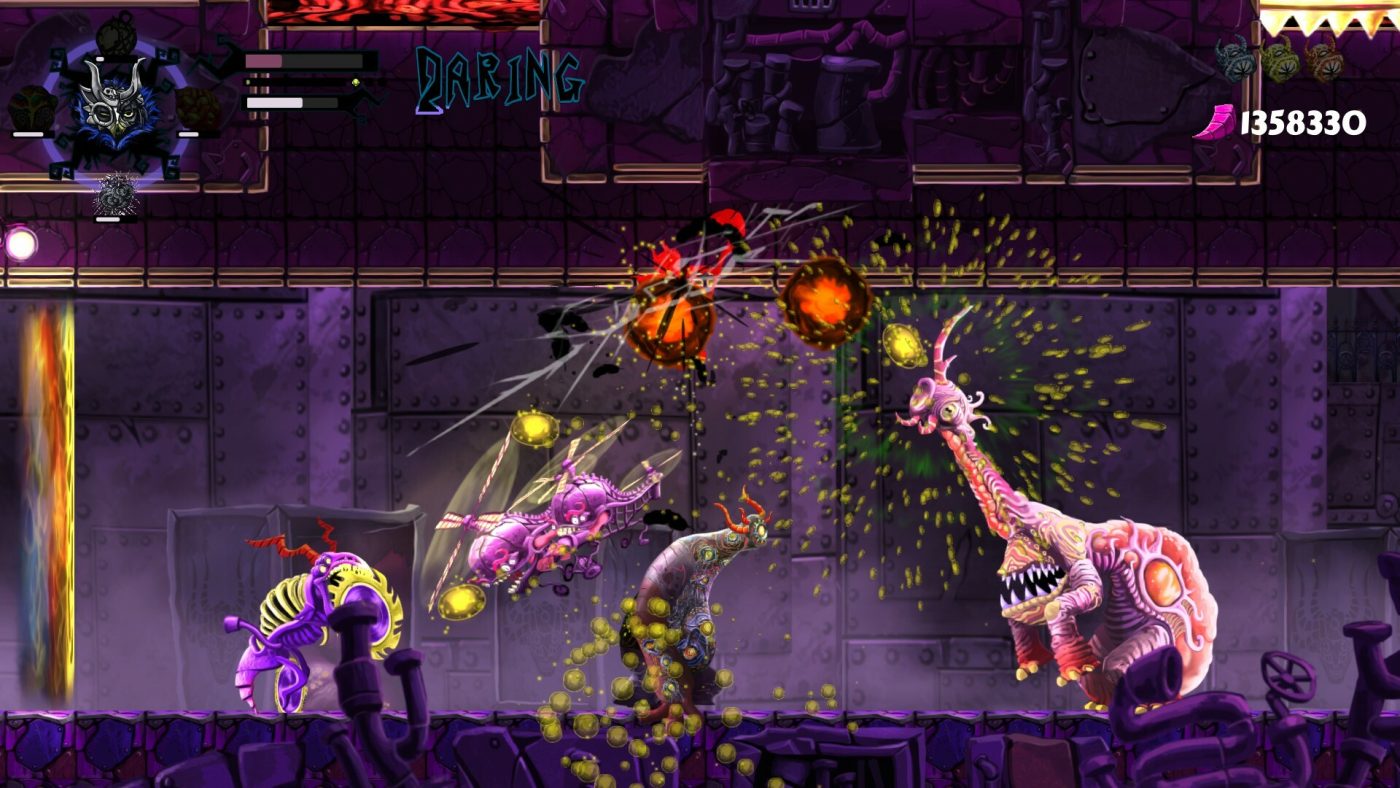
During combat the game area is delimited and enemies literally rain down on us. It is not difficult to be overwhelmed and even lose sight of our character. Furthermore, when we are hit we have no invincibility and we lose control of the character for a moment. You risk taking damage repeatedly without even being able to react. Thanks also to the aggressiveness of the enemies and the fact that when in large numbers it is not possible to see or read all the attacks. It often happens that you see bullets or shots coming from off screen. Playing on lower difficulty does not remove these problems, not to mention the platforming phases. Unfortunately, a lower difficulty risks nullifying the level of challenge of the boss fights. A shame because they are interesting and well made from many points of view.
My Two Cents
Magenta Horizon is certainly a surprising game that impresses both on the aesthetic and gaming side. I haven’t covered the narrative side: a little weak but which doesn’t affect the game too much. You definitely won’t be playing this title to enjoy a deep narrative. The work done by the only developer who denotes love and competence in the genre is impressive. The game itself keeps what it promises until the end: a challenge for the player.
Although the action phase is the one that came out best, the rest is not the same. The dispersive levels, the positioning of the checkpoints and the repetition of the “battle – platform – key” dynamic are a weak point. Usually the more technical maneuvers a game requires, the more precise the controls must be. Unfortunately, Magenta Horizon still has some grime that can make the experience frustrating. All with a balance where high difficulties risk being chaotic while low ones debase some phases of the gameplay.
However, I don’t want to penalize the title too much because it will certainly be loved by fans also for its replayability. Just think about the other modes beyond the story.
For a single developer, Maddison Baek did a great job. Despite some weaknesses Magenta Horizon is a good product.
I hope to see more of his titles in the future, perhaps with less angularity.
Steam game key courtesy of Publisher 2 Left Thumbs and developer Maddison Baek.
Magenta Horizon: Neverending Harvest
PRO
- Good character, bosses and monsters design
- Nice aesthetics of the levels
- Good action mechanics
- Challenging gameplay
CON
- Ripetitive level design and mechanics
- Little tecnical flaws
- Maps too dispersive
- Balancing problems
